But with so many options flooding the market, it’s critical to differentiate true AI platforms from bolt-on EHR features. In this article, we’ll compare Honey Health’s agentic AI platform with traditional EHR add-ons to help clinics make the right call.
Traditional EHR Add-Ons: What They Do (and Don’t)
Most electronic health record (EHR) systems like Epic, Cerner, or Athenahealth offer add-ons and “efficiency tools.” These range from templated note builders to rule-based alerts or batch task completion buttons. While they offer value in certain scenarios, they are often:
- Static: Not adaptable to unique workflows or patient types.
- Manual: Still require human clicks and oversight.
- Generic: Not trained on pulmonology-specific workflows, such as interpreting spirometry data, CPAP compliance reports, or referring for sleep studies.
They’re not built to think—just to execute predefined logic trees. And when patient volumes spike, these tools still rely on overburdened staff to keep up.
Honey Health: Built for Intelligent Automation
Honey Health isn’t just a plug-in—it’s an agentic AI co-worker system designed to do the work inside your EHR, without toggling or training.
What sets it apart:
- Agentic Execution: Agents don’t suggest—they complete tasks like referral intake, chart prep, prescription refills, or post-visit follow-ups.
- Specialty Context: Trained on tens of millions of notes, including pulmonology-specific documents (e.g., home oxygen evals, prior auths for biologics, referrals for bronchoscopies).
- Adaptive Workflows: Supports different protocols across sleep medicine, COPD, asthma, and interstitial lung disease workflows.
- Audit Trails: Every action taken by an AI co-worker is tracked, with justifications available for compliance and review.
Side-by-Side Comparison
Workflow Adaptability
- Traditional EHR Add-On: Static and hard-coded
- Honey Health: Dynamically learns and adjusts per clinic
Specialty Knowledge
- Traditional EHR Add-On: Generic medical logic
- Honey Health: Trained on pulmonology-specific workflows
Task Execution
- Traditional EHR Add-On: Manual assistance
- Honey Health: Fully agentic (AI completes the task)
Compliance Visibility
- Traditional EHR Add-On: Minimal
- Honey Health: Full audit trails and traceability
Scaling Impact
- Traditional EHR Add-On: Linear (more patients = more staff)
- Honey Health: Exponential (scale without hiring)
Why This Matters for Pulmonology
Pulmonology practices manage complex patient profiles with overlapping chronic conditions, device dependencies (e.g., CPAP, spirometry, oxygen), and high documentation loads. AI needs to go beyond documentation helpers. It must:
- Recognize and route CPAP compliance faxes
- Pre-fill chart data from prior tests and imaging
- Initiate and track prior auths for medications like Nucala or Dupixent
- Manage pre-visit planning based on last PFTs, ER visits, or sleep study results
Honey Health’s AI doesn’t just help—it executes. That’s the level of support pulmonology teams need to stay ahead.
The Verdict: It’s Not a Fair Fight
Comparing a static EHR add-on to a fully integrated AI co-worker platform is like comparing a paper checklist to a smart assistant. They may both be “tools,” but one transforms how you work, while the other adds another checkbox.
If your goal is to reduce burnout, scale operations, and meaningfully impact care delivery—Honey Health is the future-forward choice.

